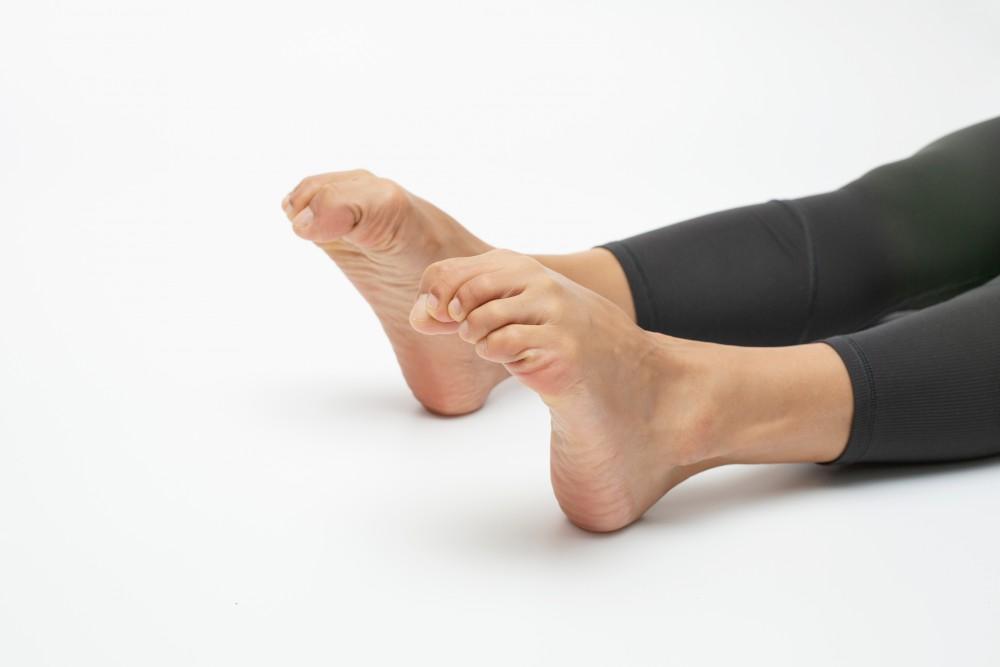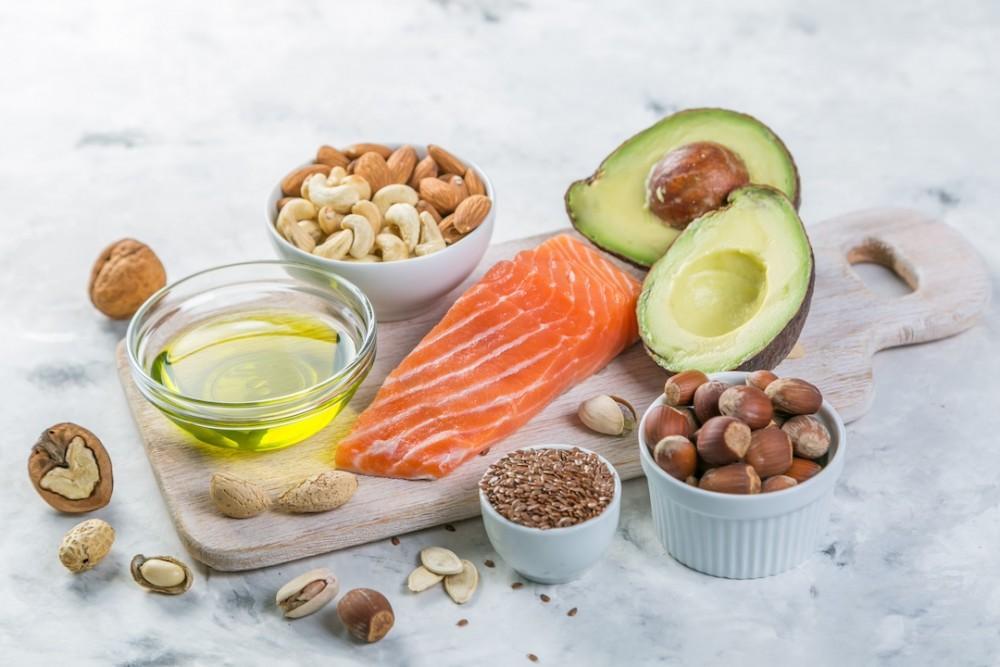
4 Lifestyle Habits that Make Your Wrist Pain Worse

Anyone with carpal tunnel syndrome can tell you how intrusive wrist pain can be. Simple tasks are no longer easy. As well as the pain, your grip strength may fail you, or tingling might interfere with your sense of touch. Pain may extend from your wrist up your arm to the elbow.
Wrist pain could result from an injury or arthritis, but contemporary life adds new wrinkles that may not seem like pain generators at first glance. Technology may make tasks easier, but sometimes that comes at a cost. At Bahri Orthopedics & Sports Medicine Clinic, we’re hand and wrist pain specialists, so we see the effects of lifestyle habits that make wrist pain worse each day.
To help you avoid needless downtime, we’ve prepared this primer to raise your awareness about common lifestyle habits that could cause or aggravate your wrist pain.
Computer use
As computers became common on the job and at home, workstation ergonomics emerged as a crucial element since people spent more time in seated positions, entering data and communicating using a keyboard and mouse combination.
Without proper alignment between this equipment and your body, it’s easy to compress the median nerve. This vital biological information pathway that controls movement and provides sensation to the thumb and first three fingers (the little finger uses a different nerve). The median nerve passes through a structure called the carpal tunnel. An upward tilt of your hands when using a keyboard or mouse can cause its collapse.
Even when the carpal tunnel remains open, the repeated motions of typing on a keyboard or scrolling with a mouse can irritate the median nerve, causing inflammation. Any of these situations contribute to new or existing nerve pain.
Smartphones and text thumb
There’s no denying that the sophistication of today’s smartphones makes them an integral part of many people’s lives. It’s astonishing how many devices the average phone replaces. One element that hasn’t kept pace is the ergonomics of smartphone use.
Holding a phone while texting or scrolling places new demands on the thumb. Principally the digit used for grasping, the thumb is now the busy finger, essential for one-handed smartphone operation. Long hours spent interacting with a phone can lead to problems like tendonitis and trigger thumb, and it’s also a contributor to carpal tunnel problems, including collapse or nerve irritation.
Pregnancy and tablets
What does a new mother have in common with the digital device that fills the space between smartphones and computers? DeQuervain’s tenosynovitis is a specific overuse injury that’s sometimes called “new mommy wrist.”
It’s a disorder that’s also called “tablet wrist.” The babies and the devices both place overloading strains on the hand, whether to stabilize a baby’s head or balance the awkward load of a tablet. Wrist pain appears on the thumb side of the wrist, getting worse when you twist your wrist or make a fist.
Leisure activities
Repetitive stress can emerge from activities you’ve been enjoying for years. When you’re suffering wrist pain, consider how things like playing a musical instrument, enjoying a racquet sport, or even long drives on holiday may be contributing to your pain.
In virtually all these situations, rest is a key part of moving past the pain, which can be difficult when factors are part of your daily life.
Consult with the professionals at Bahri Orthopedics & Sports Medicine when you need medical help to resolve your issues. Call the nearest of our Jacksonville locations or use the appointment booking tool on this page. We extend the treatment playbook for you, speeding your recovery
You Might Also Enjoy...


Fracture Care: Nonsurgical Options vs. Surgery

Am I a Good Candidate For Shoulder Replacement?

Staying Active With Knee Osteoarthritis: Our Top Tips

Struggling with Ankle Instability? Here's How to Avoid Future Sprains


